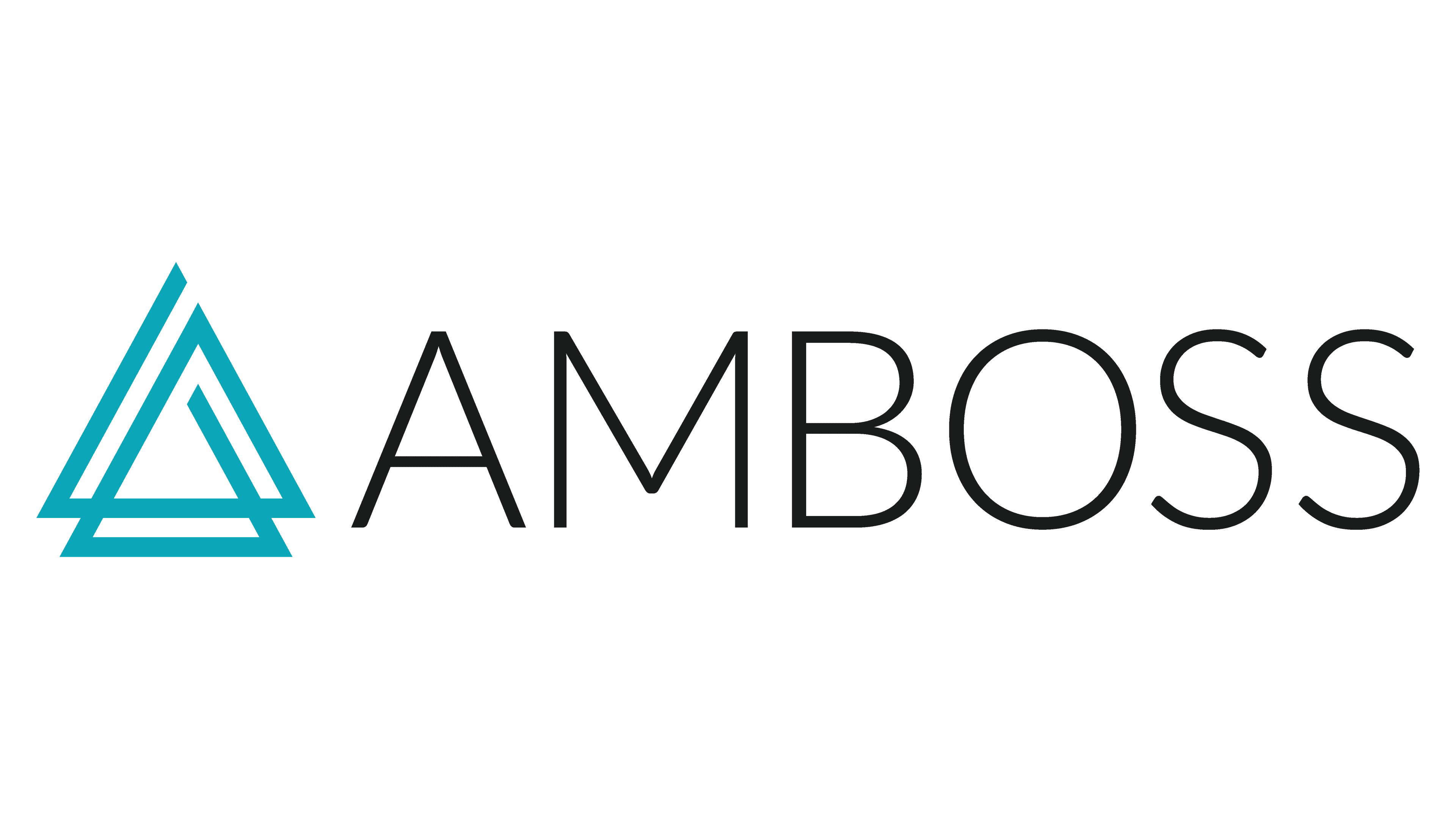

This guide is intended to provide an overview of library resources NYUGSoM faculty can use and incorporate into their classes.
If you have any questions, please email juliana.magro@nyulangone.org

AMBOSS is an interactive library of medical topics interlinked with a Question Bank with thousands of clinical case-based questions.
With all the necessary resources available in one place, AMBOSS delivers up-to-date medical knowledge to nearly two million students, physicians, and faculty around the world.
Take a look at the video below with instructions on how to set up Educator Assignments (your quiz playlist) that can be shared with students.
If you are an NYUGSoM faculty, you have access to AMBOSS! Please email Juliana Magro at juliana.magro@nyulangone.org set up your account.

Learn how to customize and export images, use Clinical Capsules, or access USMLE resources.

There are different clinical case resources that can be used in classes. Take a look below at different sources, and feel free to contact Juliana if you have questions!
There are also cases from different journals. Take a look, for example, at these case challenges from NEJM:
https://www.nejm.org/case-challenges
LWW Library also offers clinical cases, most in PDF form, that are pulled from textbooks. The textbook format varies, as well as the cases included. For this reason, they may or may not include answers to the questions.

Micromedex supplies evidence-based drug and clinical information including toxicology, diseases, acute care, and alternative medicine. Includes a calculators tab with 22 separate dosing, laboratory value, antidote, and measurement calculators, and tabs for Trissel's 2 IV compatibility, drug identification with images, comprehensive drug interaction checking, and Tox & Drug Product Lookup for quick substance identification.
Access Micromex through the library:
https://hslguides.med.nyu.edu/Micromedex
Natural Medicines (formerly Natural Standard and Natural Medicines Comprehensive Database) is an authoritative resource of monographs on dietary supplements, natural medicines, and complementary alternative and integrative therapies.
Access Natural Medicines through the library:
https://hslguides.med.nyu.edu/NMTRC
Features popular clinical resources from Unbound Medicine, including the Johns Hopkins ABX and Diabetes Guides.
Create a free account to save articles, and make annotations. Your notes can be color-coded and are saved under the "notes" tab.
Access uCentral through the library:
https://hslguides.med.nyu.edu/uCentral
Lexicomp offers point-of-care drug, disease, toxicology, diagnostic tests, and patient information.
Access Lexidrug through the library:
https://hslguides.med.nyu.edu/Lexidrug

Go to this page to learn how to download apps for these resources. If you have questions or run into issues, please email Juliana or anyone at the library.
https://hslguides.med.nyu.edu/mobile/apps

Textbooks can also be a good source for general drug information.
You can try, for example, looking at pharmacology textbooks in the LWW Health Library or searching our catalog.

BioRender is an online software tool that helps scientists create and share beautiful, professional science figures in minutes. To access it, please log in with your @nyulangone.org email address using the link below:

Create beautiful graphs from your raw data with graph presets that are accessibility-friendly
Visualize and explain analyses clearly
Combine graphs with other BioRender figures to keep all of your research files together
Newest Features: Two-way ANOVA analysis and grouped charts, Linear regression and line graphs, More color-blind friendly themes
Try out the new Graphing feature HERE!
 Reminder: BioRender Templates
Reminder: BioRender TemplatesBioRender has over five thousand pre-made templates, like the ones below, to help researchers and lecturers save time, easily create beautiful illustrations, and learn about new topics
Next time you need to create a figure or need to explain a concept in a lecture, consider looking in the Template Library first and see how much time it can save you by using the template as a starting point for your illustration!
Check out our templates HERE!
If you need guidance on copyright, please refer to this NYU libguide on the subject: